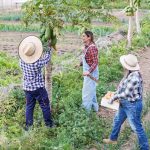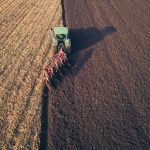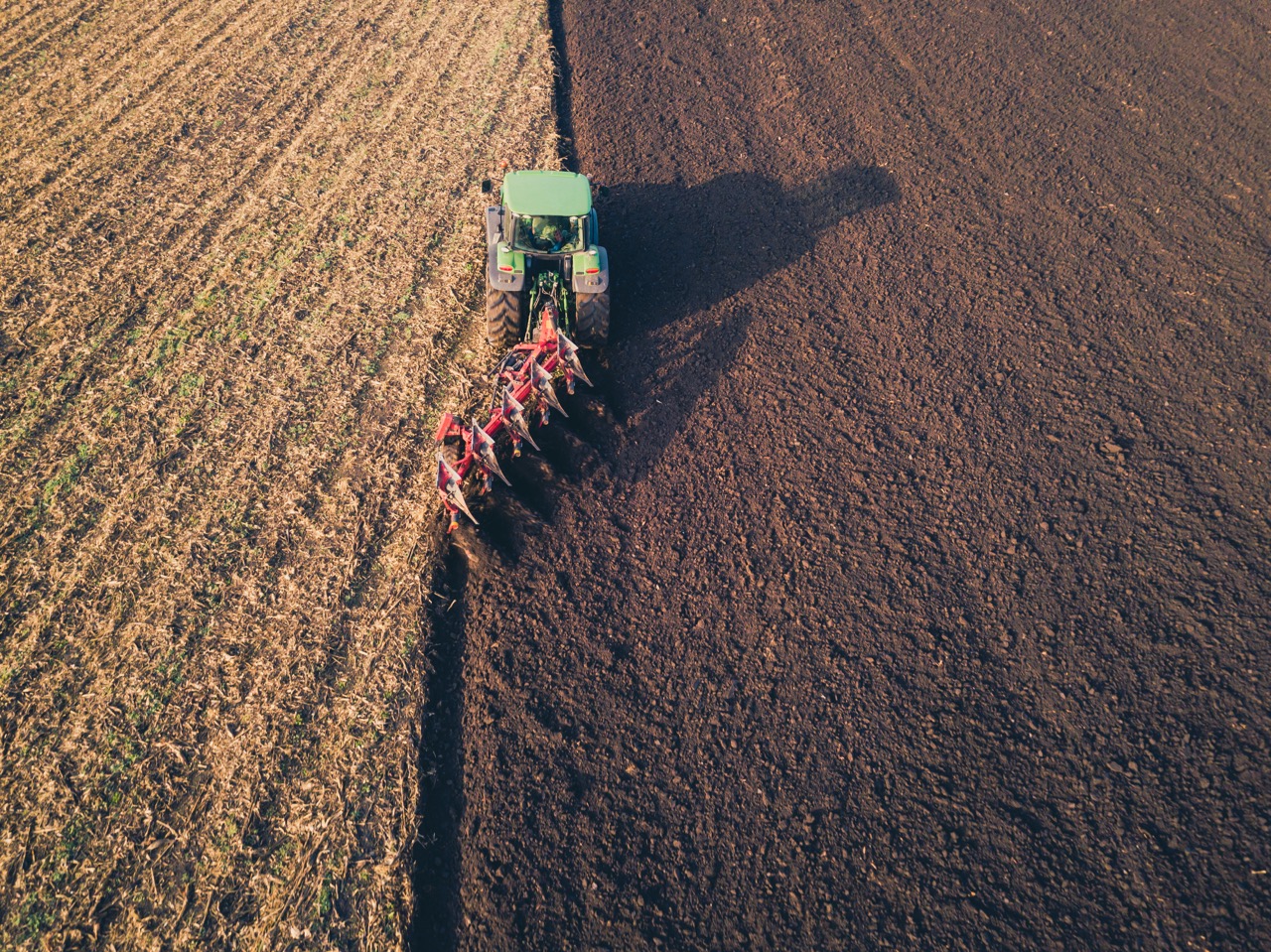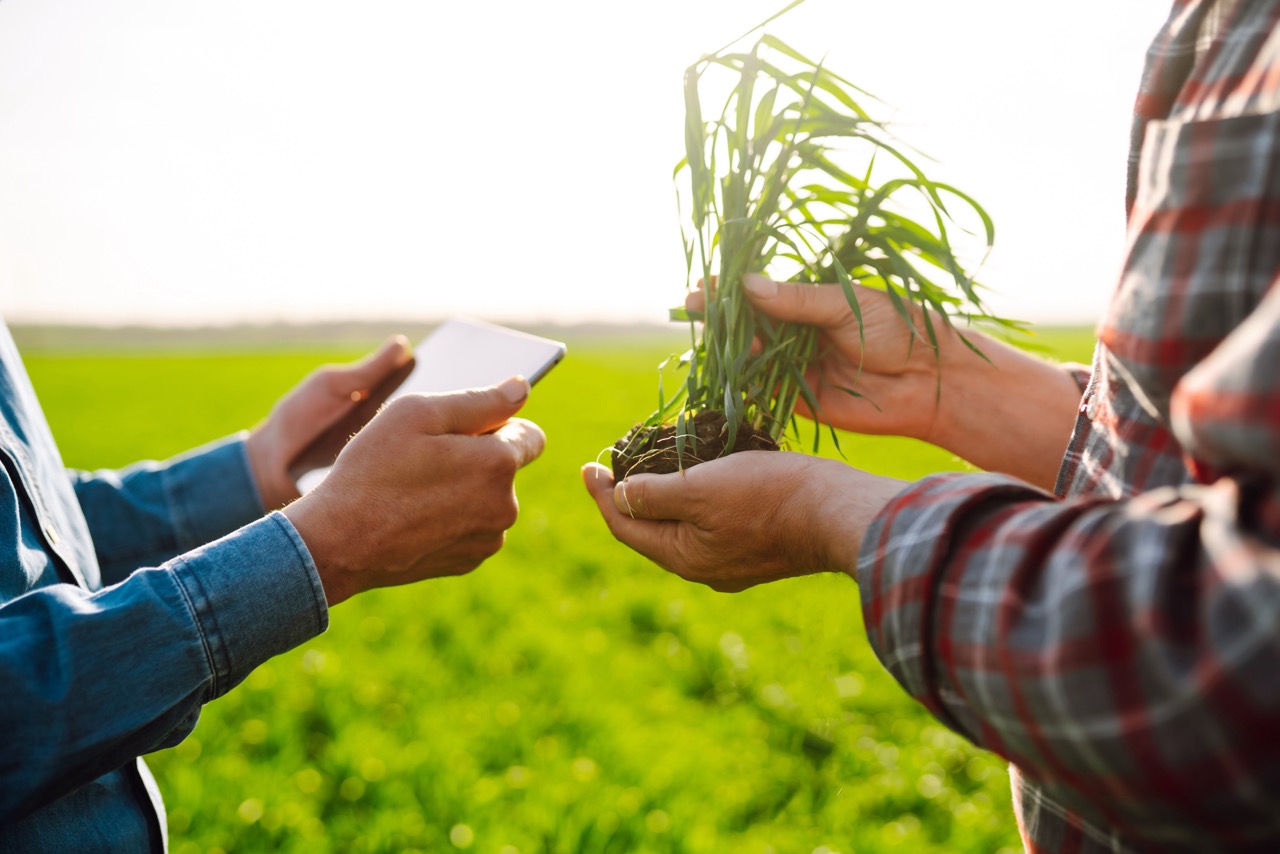Sharecropping, a land tenure system where tenants cultivate land owned by others in exchange for a share of the crop, has often been viewed through a historical lens, primarily linked to socioeconomic struggles and inequalities. However, as the world pivots toward achieving the Sustainable Development Goals (SDGs) set forth by the United Nations, the role of sharecropping emerges as a noteworthy subject of discussion. This article delves into the multifaceted implications of sharecropping, illustrating how it can serve as a viable pathway toward sustainable development while supporting communities economically and socially.
Understanding Sharecropping: A Pathway to Sustainability
Sharecropping is more than a mere agricultural practice; it reflects complex relationships between landowners and laborers. It operates on mutual dependence, where landowners provide land and resources, and sharecroppers contribute labor and knowledge. This system can facilitate sustainable agricultural practices by promoting biodiversity and crop rotation. By allowing sharecroppers to retain a portion of the harvest, this arrangement incentivizes them to invest time and resources into the land, leading to better soil management and sustainable farming techniques.
Moreover, sharecropping can play a critical role in food security. In regions where access to land is limited, this model allows marginalized farmers to engage in agricultural production. By cultivating crops for both subsistence and sale, sharecroppers can improve their livelihoods while contributing to local food systems. This empowerment can lead to stronger community ties and resilience, echoing the SDGs’ focus on eradicating hunger and promoting sustainable agriculture.
In the context of climate change, sharecropping can also adapt to and mitigate environmental challenges. Sharecroppers often employ indigenous knowledge and practices tailored to specific ecosystems, ensuring that farming methods remain sustainable. Such adaptability can be crucial in combatting climate impacts and fostering long-term agricultural productivity, aligning with global strategies to achieve climate action.
Historical Context: Sharecropping’s Impact on Agriculture
The origin of sharecropping can be traced back to the post-Civil War era in the United States, where it became a prevalent system in the Southern states. Initially intended as a means to provide opportunities for emancipated slaves, it soon morphed into a cycle of debt and dependency. The historical context of sharecropping reveals a dual narrative: while it offered a pathway to land access for many, it simultaneously perpetuated socio-economic disparities that are still felt today.
As sharecropping spread beyond the U.S. to various parts of the world, it also adapted to local conditions and governance structures. In many agrarian societies, sharecropping emerged as a response to land scarcity and traditional agricultural practices. This adaptation demonstrated resilience in agricultural systems, but it also laid bare the inequalities inherent in land ownership and labor distribution. The historical challenges faced by sharecroppers often stemmed from broader socio-economic policies that marginalized these farmers, creating barriers to sustainability and growth.
In examining sharecropping’s impact over time, it becomes evident that the system has acted as both a facilitator and an impediment to agricultural sustainability. While it has provided opportunities for some, it has also highlighted systemic issues that require reform and support. Understanding this history is essential in recognizing sharecropping’s potential as part of a broader strategy to achieve sustainable development and empower rural communities.
Economic Benefits: How Sharecropping Supports Communities
Sharecropping offers a unique economic structure that can bolster local economies. It allows smallholder farmers to cultivate land without the financial burden of land ownership, enabling them to participate in agricultural markets. By sharing the crop yield with landowners, sharecroppers can generate income while minimizing risk, which is particularly important in regions prone to agricultural volatility. This shared risk can lead to greater economic stability within communities, promoting collective resilience.
Additionally, sharecropping fosters community collaboration and resource sharing. Sharecroppers often work together to share tools, knowledge, and labor, creating cooperative networks that enhance agricultural productivity. This collaboration not only strengthens local economies but also builds social capital, which is essential for sustainable development. Furthermore, these networks can facilitate access to credit and agricultural inputs, further empowering sharecropping communities.
The economic benefits of sharecropping extend beyond the immediate participants. By increasing agricultural output and contributing to local food systems, sharecropping supports local markets and can stimulate regional economic growth. The income generated through sharecropping can circulate within communities, supporting local businesses and services, aligning with the SDGs that emphasize economic growth and sustainable communities.
Future Prospects: Sharecropping and Global Development Goals
Looking ahead, sharecropping holds potential for contributing to the achievement of the Sustainable Development Goals. As the world grapples with issues of hunger, poverty, and environmental degradation, sharecropping systems can be reimagined to support sustainable agricultural practices that benefit both landowners and tenants. By promoting policies that enhance the rights of sharecroppers, governments can help build equitable systems that prioritize shared prosperity.
Incorporating technology and innovation into sharecropping models can further enhance their effectiveness. Access to digital tools and platforms can facilitate market connections, improve resource management, and provide data-driven insights for crop planning and yields. By empowering sharecroppers with technology, there is a possibility for improved productivity and income, helping to lift communities out of poverty and supporting broader economic resilience.
Finally, fostering partnerships between governments, NGOs, and the private sector can create supportive frameworks for sharecropping arrangements. By investing in training, infrastructure, and access to markets, stakeholders can help transform sharecropping into a sustainable model that aligns with the SDGs. The future of sharecropping can thus be shaped to reflect a commitment to sustainability, equity, and community empowerment, ensuring that this agricultural practice contributes positively to global development goals.
In conclusion, sharecropping transcends its historical connotations and emerges as a critical component in the pursuit of sustainable development. By understanding its complexities and potential, we can recognize the role of sharecropping in enhancing food security, fostering economic resilience, and promoting sustainable agricultural practices. As we strive to meet the Sustainable Development Goals, it is imperative to embrace and reform sharecropping systems, ensuring that they contribute to a more equitable and sustainable future for all.









